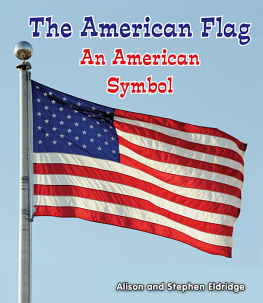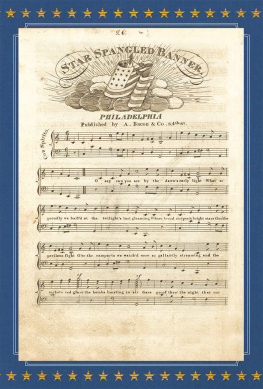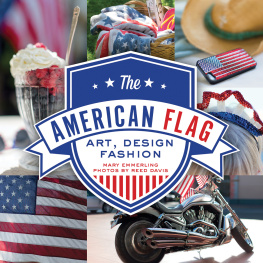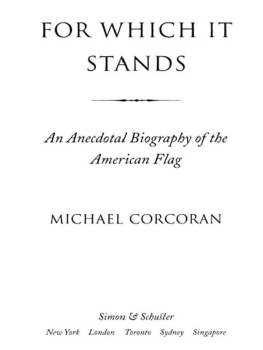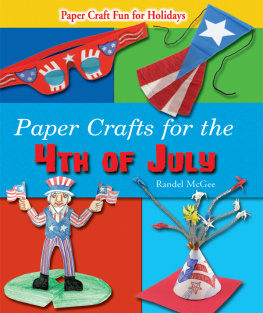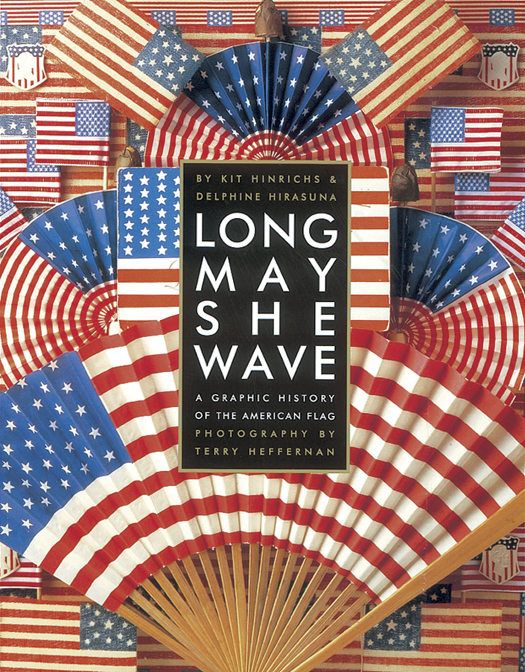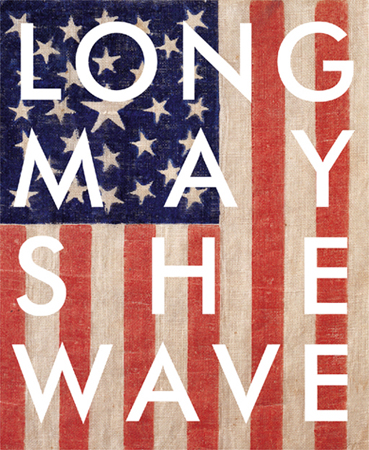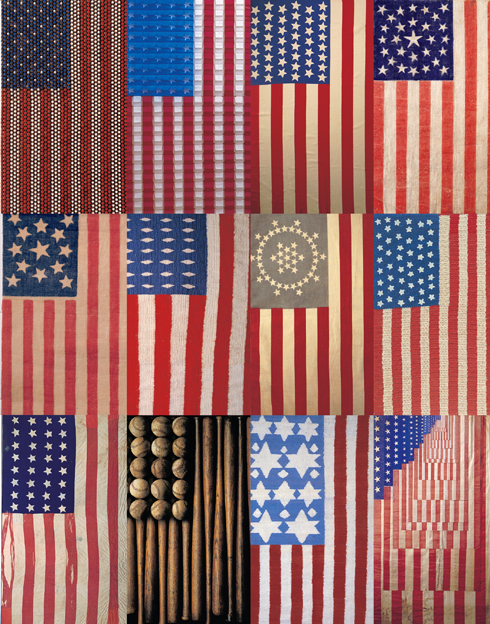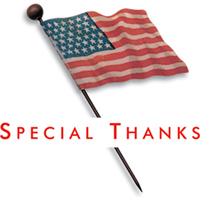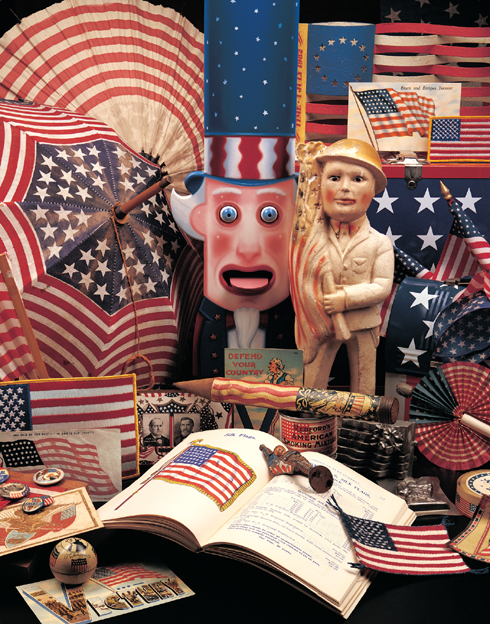
L ONG
M AY S HE
W AVE
A Graphic History
of the American Flag

Kit Hinrichs
& Delphine Hirasuna
Photography
by Terry Heffernan


Ten Speed Press
Berkeley / Toronto

C REDITS
2001 by Kit Hinrichs and Delphine Hirasuna
Photography 2001 by Terry Heffernan
All rights reserved. No part of this book may be reproduced in any form, except brief excerpts for the purpose of review, without written permission of the publisher.
A Kirsty Melville Book

Ten Speed Press P.O. Box 7123 Berkeley, California 94707 www.tenspeed.com Distributed in Australia by Simon and Schuster Australia, in Canada by Ten Speed Press Canada, in New Zealand by Southern Publishers Group, in South Africa by Real Books, in Southeast Asia by Berkeley Books, and in the United Kingdom and Europe by Airlift Book Company.
Design by Kit Hinrichs/Pentagram
Design Associate: Shelby Carr/Pentagram
Photography by Terry Heffernan
Library of Congress Cataloging-in-Publication Data on file with publisher
eBook ISBN: 978-0-307-81673-3
Hardcover ISBN: 978-1-58008-240-2
Limited slipcase edition ISBN 1-58008-312-9
Cloth edition ISBN 1-58008-240-8
v3.1
A special thanks to my collaborators Delphine Hirasuna and Terry Heffernan, whose generous spirit and support made this book possible. Additional thanks for photography to Bob Esparza, John South, and Dan Goldberg. Id also like to thank Craig McClain, Dr. Jeffery Kenneth Kohn, Susan Parrish, and Julia Moed, who have made collecting fun. Additional thanks to my sister, Gretchen Kirk, for sharing our family heirloom. And to my wife, Linda, and son, Christopher, for enduring all the late nights and long weekends without complaint. To my design colleagues Shelby Carr, Takayo Muroga, and Karen Montgomery, for getting it done. And, of course, to Kirsty Melville and Aaron Wehner, whose enthusiasm for the book got it launched.
T HE F LAG IN A MERICAS D AILY L IFE G ERARD C. W ERTKIN D IRECTOR , M USEUM OF A MERICAN F OLK A RT

It was just over fifty years ago that I served for a term in the color guard of my Brooklyn, New York, grade school. Once a week, for assembly, all the boys of Public School 131 were asked to wear blue pants, white shirts, and red ties. I no longer remember how the girls dressed, but I assume it was also in patriotic red, white, and blue. We gathered together in the auditorium for exercises that invariably included the recitation of the Pledge of Allegiance and the singing of America. As young as we were, those of us who had the honor of escorting the flag down the central aisle of the large hall did so with a sense of responsibility. Our teachers taught us that the flag deserved to be handled with the greatest of ceremony and care. If we marched with the special pride of young children, we also did so with the disquieting knowledge that any mistakes would be interpreted as signs of disrespect. I do not recall any horseplay; we were an earnest lot as we marched in step before our classmates.
I find myself surprised at the extent to which the flag was a presence in my childhood. Its display on national holidays was nearly universal in the Brooklyn of my youth, if not from the apartment building in which my family and I lived, then certainly from the front porches of the private houses that lined nearby streets. It excited my young imagination to see the repetitive colors and patterns of flags fluttering in the breeze from one street to the next. In contrast, I am not as awareat least consciouslyof the presence of the flag in the daily life that I now lead. Of course, it still stands as the preeminent national symbol, its very colors deep with meaning. Seeing it raised to the strains of the national anthem at the Olympic Games is a thrilling sight. For me, it was no less exhilarating to see the flag unfurled atop the new building now being completed for the Museum of American Folk Art in New York, a sure sign that the building had reached its full height.



